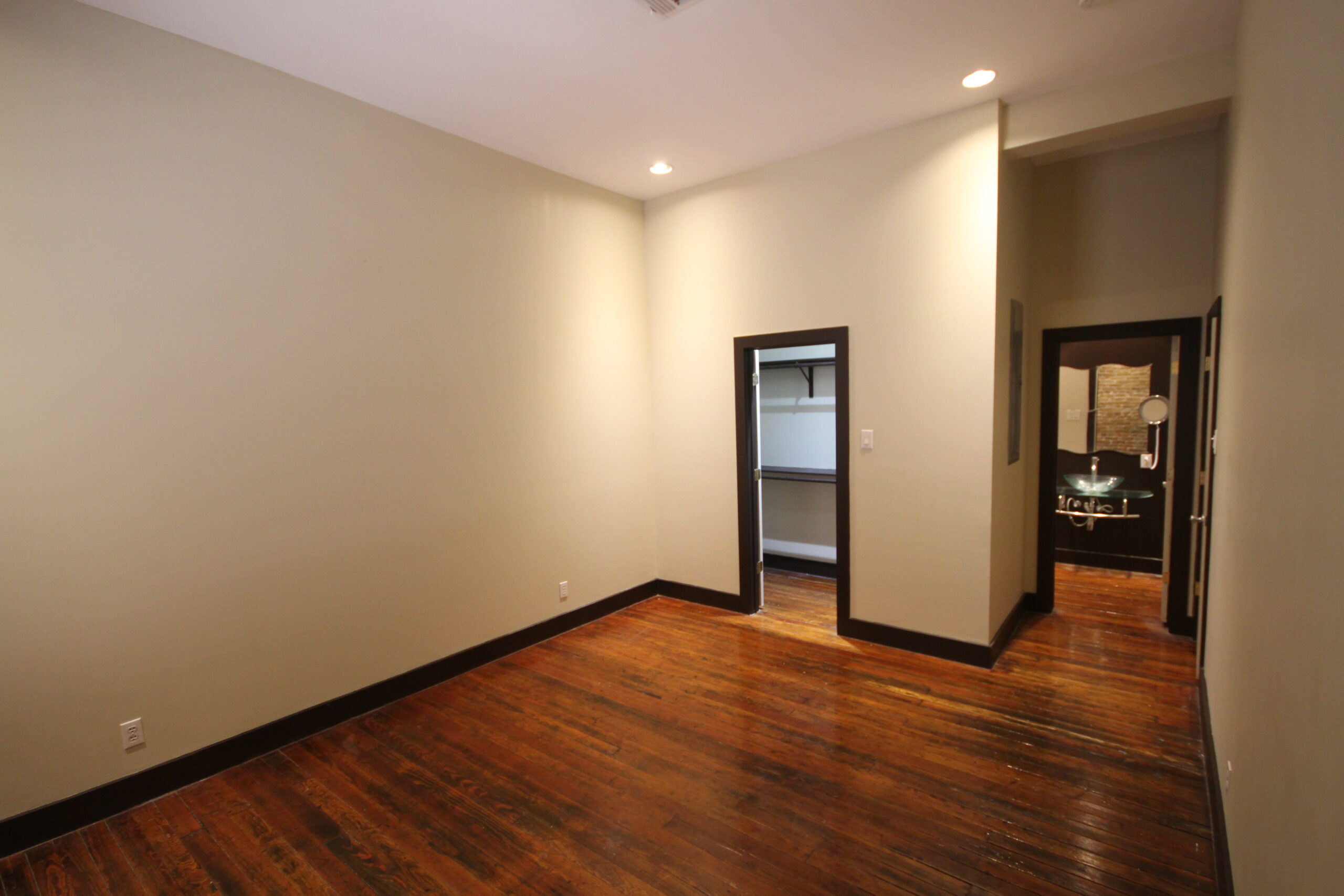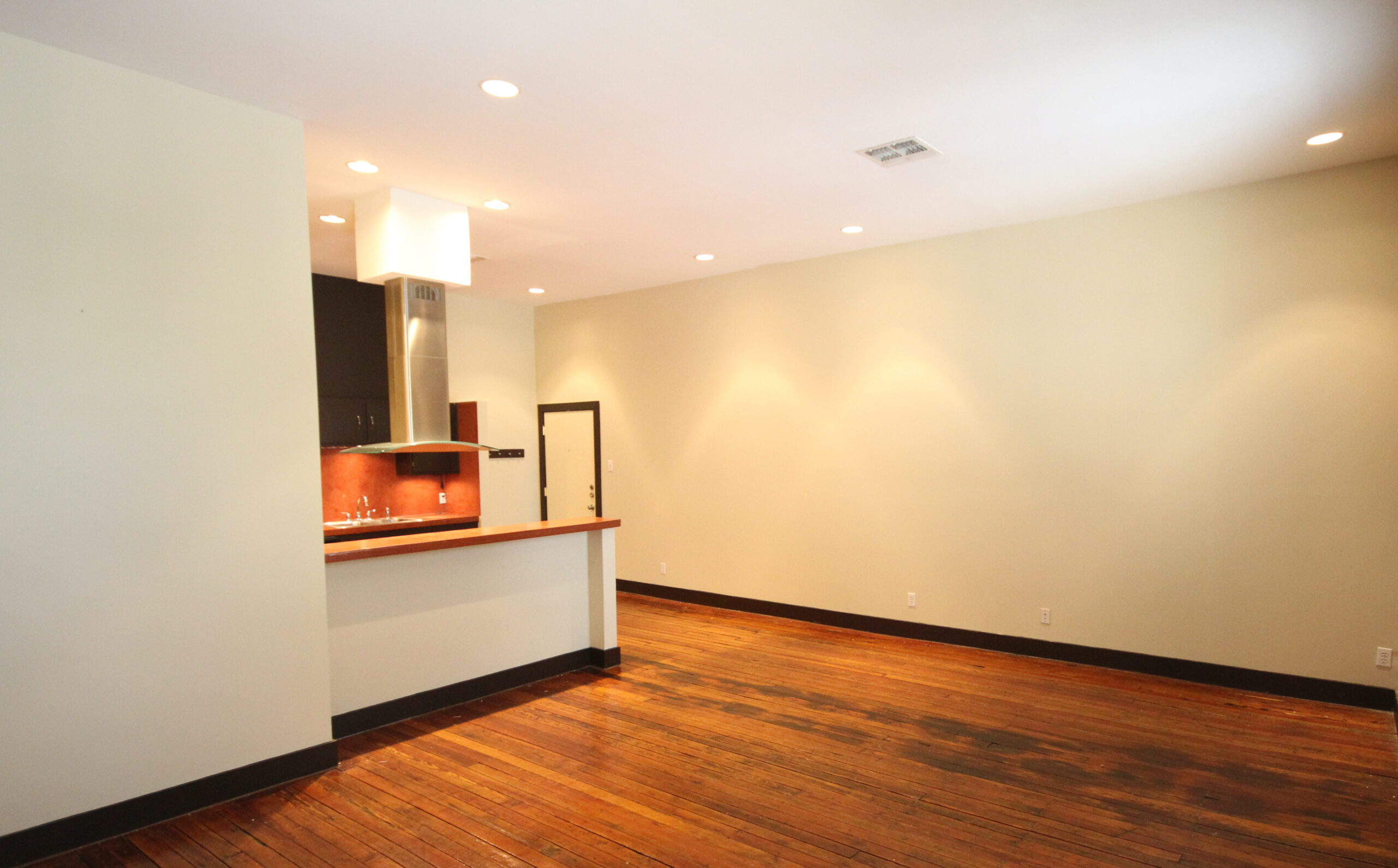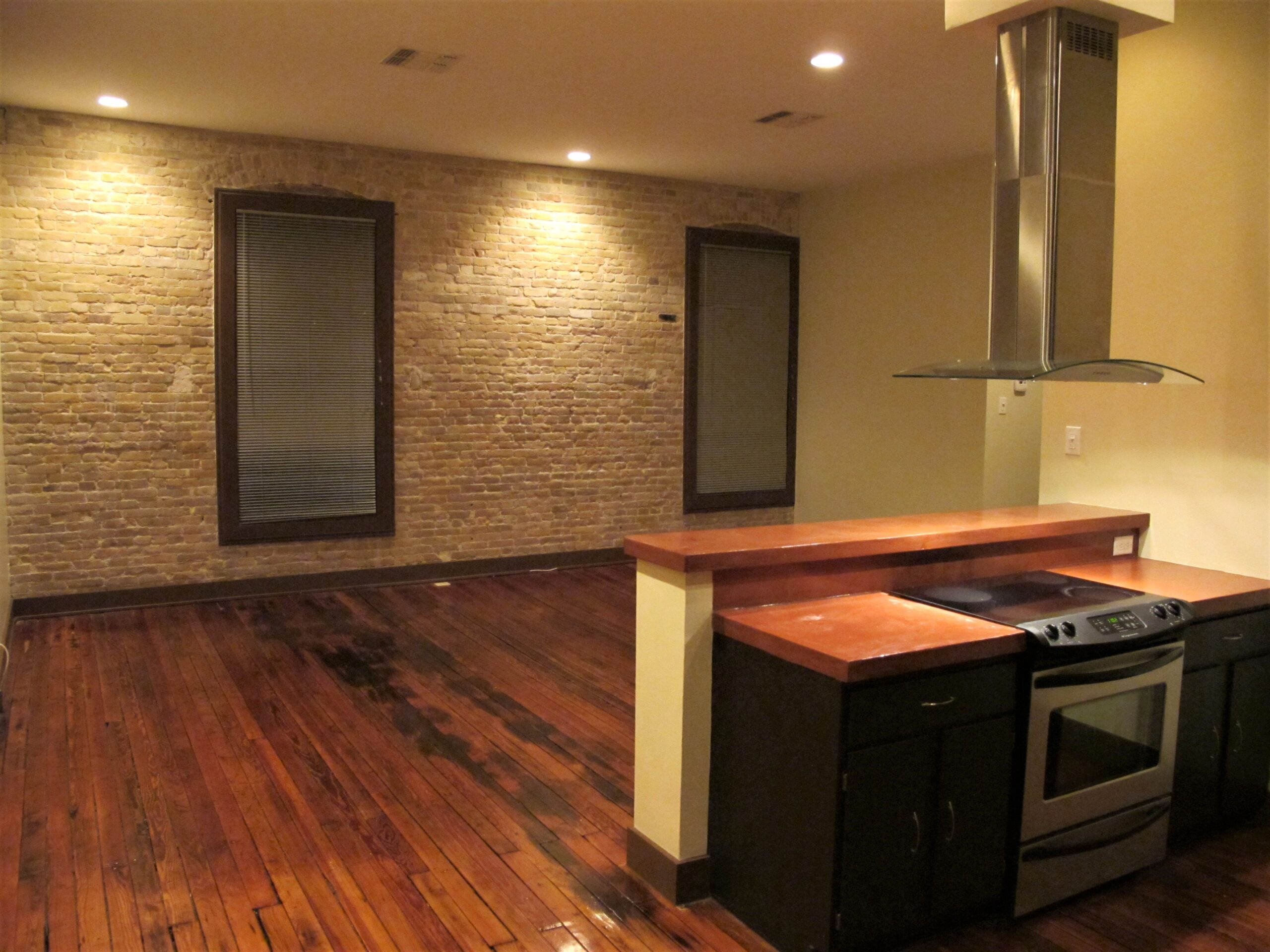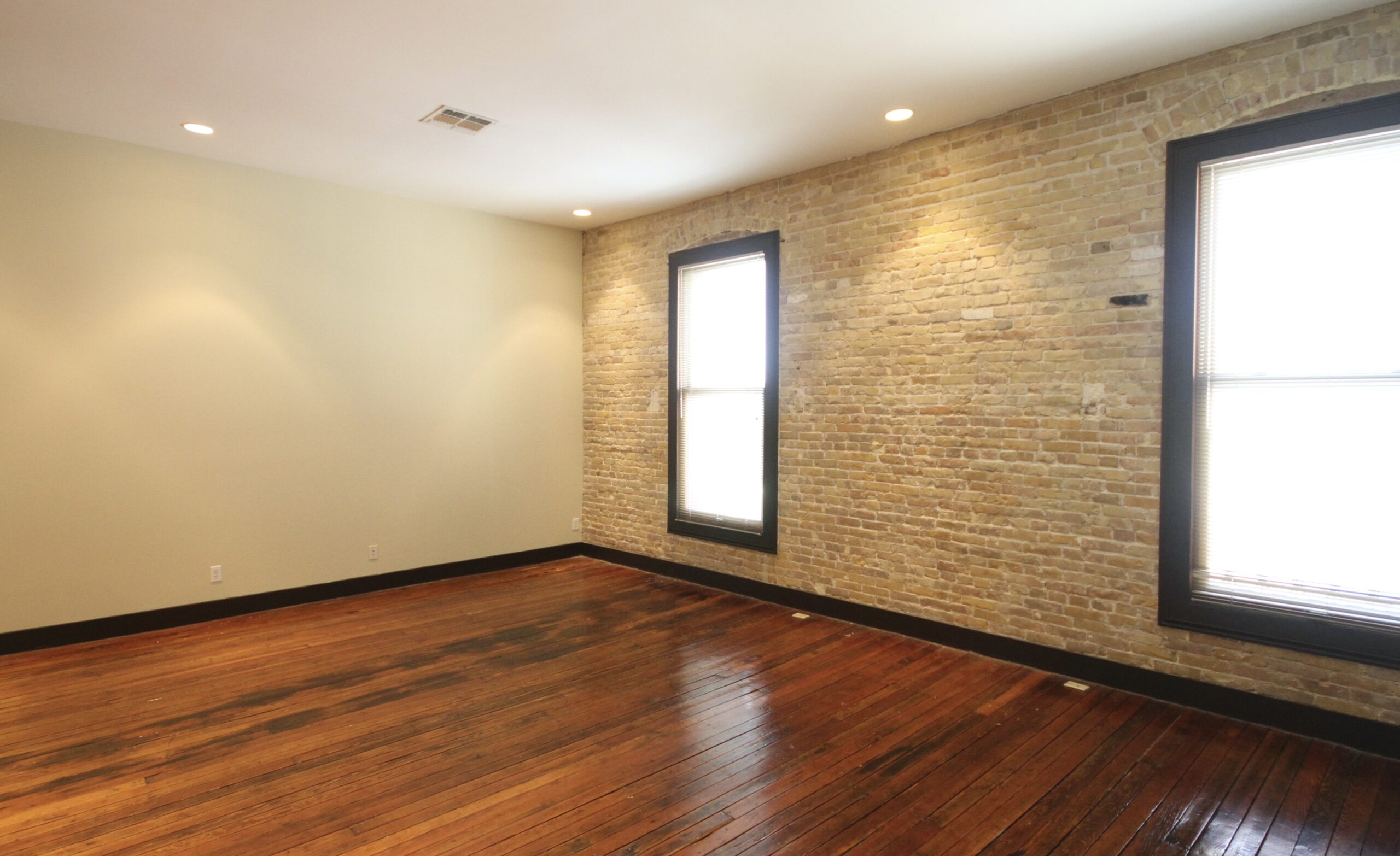Loft living represents one of the major trends in urban redevelopment in the last 40 years. The conversion of old warehouses and factories into mix use developments consisting of residential units and commercial space has meant the revival of city centers that have fallen into decay and also the redirection of urban living.

The lofts revolution recognizes and respects a cities architectural heritage and the value of preserving it. It also combines old architectural traits with contemporary interior design which blends into a beautiful and unique combination of elements. Some of the spaces considered the ancestors of lofts today are artists ateliers, custom built studios with large- paned north-facing windows, which flourished in Paris, London and Spain in the mid- 19th century and in New York at the turn of the century. The birth of residential loft living can clearly be ascribed to the SOHO area of Manhattan, the Latin Quarter in Paris and Convent Garden in London, where artists have occupied lofts for living and working spaces. Later, loft movement spread out through other countries and cities, reaching Boston, San Francisco, Austin, etc.
In San Antonio, there are very few true loft developments, the only and most exclusive are the Milmo Lofts. The Loft Atmosphere neighborhoods contrast sharply with that of more traditional residential areas. Instead of dry cleaners and grocery stores, one would be more likely to find corrugated box suppliers, car shops, machine repair and tool and dye shops. Streets are often lined with trucks and there is an absence of trees, parks and playgrounds. The loft buildings themselves are usually large structures with awesome, rugged exteriors that do not exude the familiarity, homeyness, and sense of stability of the neat row houses of London, the solid bourgeois apartment buildings of Paris, or the canopied apartment houses of New York.




There are few spaces that offer such a range of opportunity for making a unique design as empty lofts. Structural columns, gleaming white walls, exposed brick walls, antique wood floors, windows facing unexpected views, are elements that gracefully integrate into the final interior design. There is not one loft look. Rather, the spaces lend themselves to styles that range from the minimal to the theatrical. Most are without architectural detailing to set the tone, so it is the spaces themselves that provide the design cues.
The loft is a personal and innovative response to the challenge of creating a new and unique interior environment.
